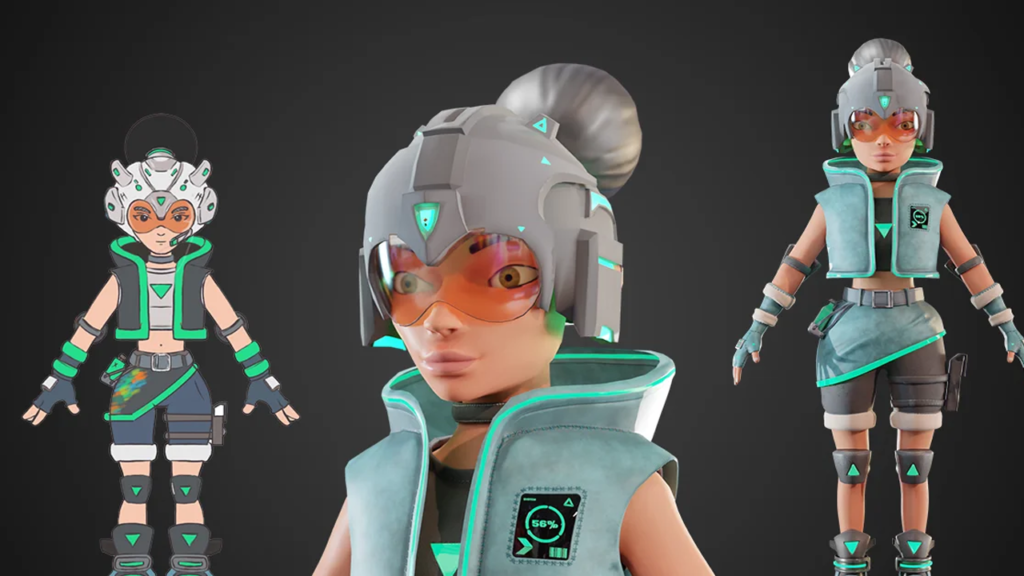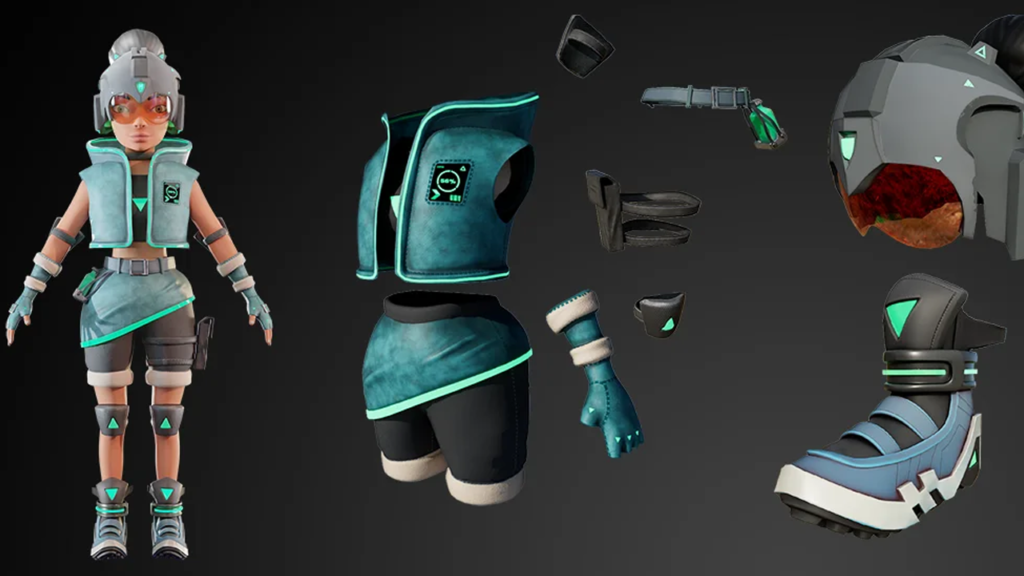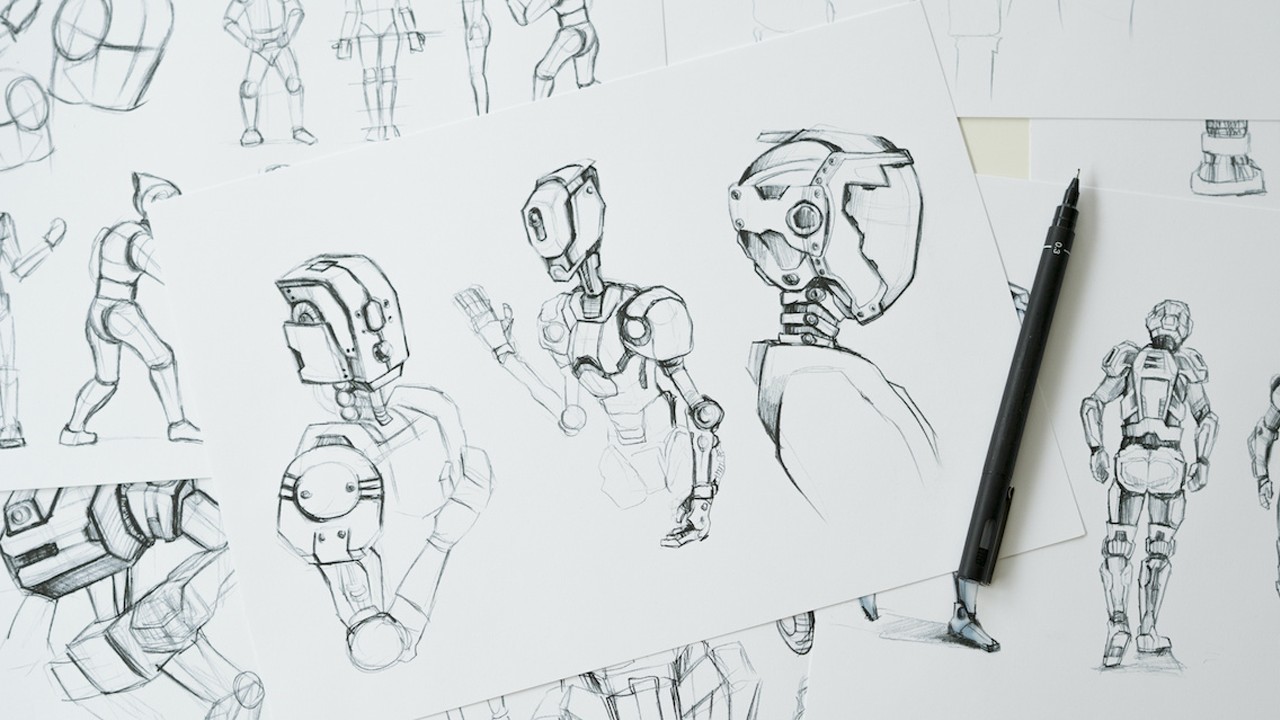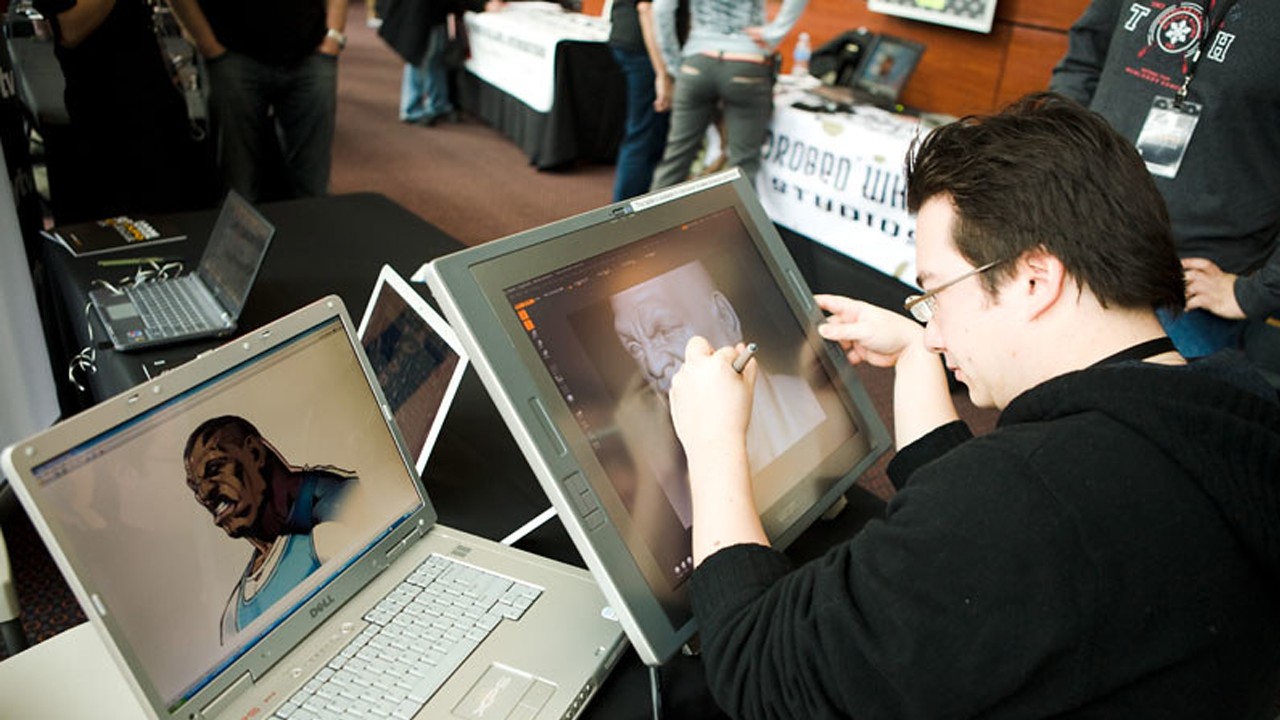Creating a memorable video game character is an art that blends creativity, storytelling, and technical skills. Whether you’re a budding game designer or a seasoned artist looking to expand your portfolio, mastering this craft can set your work apart in the vibrant world of gaming. In this guide, we’ll explore the foundational steps and insider tips to bring your character to life, ensuring they captivate players’ imaginations and stand the test of time. Let’s dive into the world of video game character design.
Understanding Character Roles and Functions
When embarking on the journey of designing a video game character, it’s crucial to grasp the essence of character roles and functions within the game’s universe. Characters are the backbone of the game narrative and play a pivotal role in engaging the player, making this aspect of game design both exciting and daunting. A well-designed character not only enhances the gameplay experience but also deepens the player’s emotional investment in the game.
The first step in character development is to understand the archetype the character embodies. Whether it’s the hero embarking on a quest, a villain obstructing the path, or a sidekick offering assistance, each role serves a unique purpose in advancing the game’s plot and enriching the player’s experience. It’s not merely about their physical appearance; their personality, background, and motivations are equally important. These elements should align with the character’s function, whether to challenge, assist, or guide the player through the game world.
Incorporating diverse roles such as the mentor, the shadow, or the trickster adds depth to the game and creates a more immersive world. Each character should have a clear function, be it providing critical information, offering gameplay tips, or presenting challenges for the player to overcome. This clarity in roles ensures that players remain engaged and motivated to progress through the game. Moreover, understanding the functions of your characters can aid in the development of dynamic interactions within the game, fostering a richer narrative and a more compelling gameplay experience.
Additional Insights on Character Roles and Functions
Delving deeper into the nuances of character roles and functions, it’s essential to consider how these elements impact the game’s story and mechanics. Characters with well-defined roles can significantly influence the pacing of the game, creating tension and excitement at key moments. Similarly, the functions of characters should be intricately tied to the gameplay mechanics, ensuring that interactions with these characters feel meaningful and directly impact the game’s outcome.
Moreover, the evolution of character roles over the course of the game can provide a satisfying sense of progression and growth. As players advance, characters that once seemed invincible may reveal vulnerabilities, and adversaries may become allies, adding layers of complexity to the narrative and gameplay. This dynamic evolution keeps the game engaging from start to finish and encourages players to invest in the characters and the story.
| Character Role | Function | Impact on Gameplay |
|---|---|---|
| Hero | Embarks on the quest | Drives the narrative forward |
| Villain | Obstructs the hero’s path | Adds conflict and challenge |
| Sidekick | Assists the hero | Provides support and resources |
| Mentor | Guides the hero | Offers wisdom and training |
| Trickster | Creates obstacles and puzzles | Introduces unpredictability and humor |
Crafting a Distinct Visual Identity

Creating a memorable character in the world of video game development requires a deep understanding of both visual appeal and narrative significance. A character’s visual identity is not just about how they look, but also about how they reflect the game’s world, their personality, and their journey. To achieve this, designers must balance creativity with strategic thinking, ensuring that every element from color schemes to attire is purposeful and cohesive.
One of the first steps in crafting a distinct visual identity is understanding the game’s genre and setting. This foundational knowledge informs the character’s appearance, making it relevant and engaging within the game’s universe. Whether it’s a dystopian future or a fantasy realm, the character’s design should resonate with the environment. Moreover, incorporating unique traits, such as signature outfits or recognizable weapons, can set your character apart, making them instantly recognizable and memorable to the players.
Another crucial aspect is the character’s animation and movement, which should align with their personality and backstory. A character’s posture, gait, and even their facial expressions during different scenarios contribute significantly to their visual identity. This level of detail enriches the player’s experience, fostering a deeper connection with the character.
- Understanding the game’s genre and setting
- Choosing color schemes that reflect character traits
- Designing signature outfits or accessories
- Aligning character animation with personality
- Creating a cohesive look that fits the game’s world
Enhancing Character Depth through Visual Design
Delving deeper into the process of designing a video game character, it becomes apparent that visual identity is intrinsically linked to the character’s role in the story and their development throughout the game. This layer of depth is achieved not merely through aesthetic appeal but through the thoughtful integration of design elements that narrate the character’s history, ambitions, and flaws. It’s this meticulous attention to detail that transforms a simple character into an unforgettable icon within the gaming community.
Developing a Compelling Backstory
A character’s backstory is the foundation upon which their personality, motivations, and reactions are built. It provides depth and makes your character relatable to your audience. Begin by exploring the origins of your character. Where do they come from? What kind of environment shaped their early experiences? These initial conditions set the stage for their development and growth.
Next, consider the events that have had a significant impact on your character’s life. These could be traumatic experiences, great achievements, or profound losses. Such events can define their fears, desires, and goals, adding layers to their personality. It’s important to delve into how these experiences have influenced their relationships with others. Are they trustworthy, isolated, or perhaps seeking redemption?
Lastly, don’t overlook the smaller details that make your character unique. Their hobbies, quirks, and even pet peeves can make them more memorable and engaging. These aspects can subtly influence their dialogue, choices, and interaction with the game world, making your character truly stand out.
| Aspect | Detail | Impact on Character |
|---|---|---|
| Origin | Small coastal village | Strong swimming skills, fear of fire |
| Significant Event | Loss of a loved one | Driven by a quest for justice |
| Hobby | Collecting ancient artifacts | Knowledgeable about history, curious |
| Quirk | Always wears a red scarf | Symbol of a promise made |
| Pet Peeve | Dislikes loud noises | Avoids crowded places, prefers solitude |
Creating a compelling backstory is not just about charting a character’s past but weaving a narrative that players can connect with. It’s about finding a balance between the extraordinary and the relatable. A well-developed backstory informs the character’s present actions and decisions, making the gameplay experience more immersive and emotionally engaging. Remember, every detail contributes to the larger narrative, enriching the game world and enhancing player investment.
Designing for Player Interaction

When embarking on the journey of designing a video game character, one of the paramount aspects to consider is player interaction. This facet of design is not merely about how the character looks or moves, but rather how players will engage with and relate to the character throughout their gaming experience. It’s crucial to understand that every decision made in character design impacts the player’s emotional and psychological connection with the game.
To achieve a meaningful interaction, designers must delve deep into the narrative and gameplay mechanics, ensuring that the character’s abilities, limitations, and growth align with the overarching story and player’s journey. A well-designed character should feel like an extension of the player, offering them a portal into the game’s world. This connection is heightened when characters exhibit a balance of strengths and weaknesses, making the gameplay feel both challenging and rewarding. Furthermore, incorporating choices that affect the character’s development and the game’s outcome can significantly enhance player engagement and investment in the storyline.
Interactive design elements such as dialogue options, moral decisions, and customization opportunities further enrich the player-character relationship. These components not only allow players to imprint their personality on the character but also encourage multiple playthroughs, each offering a unique perspective on the game’s world. Therefore, designing for player interaction is not a one-size-fits-all approach but a complex process that requires thoughtful consideration of various factors, including narrative context, gameplay mechanics, and emotional resonance.
- Character backstories that align with gameplay objectives
- Abilities and skills that evolve based on player choices
- Customization options for personalizing the character
- Moral dilemmas that challenge the player’s values
- Dialogue options that influence character relationships and game outcomes
In the realm of video game design, creating characters that players can interact with on a profound level is both an art and a science. It requires a deep understanding of human psychology, narrative techniques, and gameplay mechanics. Designers must consider not just how the character serves the game’s mechanics but how they enhance the overall experience for the player. This holistic approach to character design ensures that players remain engaged and emotionally invested in the game, making their journey through the virtual world unforgettable.
Implementing Feedback and Iteration
Designing a video game character is an evolving process that requires not just creativity but also a willingness to adapt and refine. One crucial stage in this development is implementing feedback and iteration. This step involves presenting your character design to peers, mentors, or a target audience to gather their insights and reactions. It’s not merely about seeking approval but understanding how your character is perceived by others. This feedback is invaluable as it highlights areas for improvement that you might have overlooked.
After gathering feedback, the iteration process begins. This is where you take the critiques and suggestions to heart, revisiting your design to make the necessary adjustments. It might mean tweaking the character’s appearance, enhancing their backstory, or even rethinking their abilities to better align with the game’s mechanics and narrative. It’s essential to approach this phase with an open mind, recognizing that each round of iteration brings your character closer to its fullest potential.
Implementing feedback effectively requires a structured approach. Here are a few steps to guide you:
- Collect feedback from a diverse range of sources to get a well-rounded view of your character’s reception.
- Analyze the feedback to identify common themes or areas for improvement.
- Prioritize the changes based on their impact on the character’s design and the game’s overall experience.
- Apply the changes systematically, focusing on one aspect of the character at a time.
- Repeat the feedback and iteration process as needed to refine your character.
Incorporating feedback and iteration into the character design process is not just beneficial; it’s essential. It ensures that your character resonates with players and contributes positively to their gaming experience. By embracing this approach, you’re not only enhancing your character’s appeal but also honing your skills as a designer.
As we conclude this discussion, remember that the journey of creating a memorable video game character is iterative and collaborative. Embracing feedback and being willing to revise and refine your designs are pivotal steps towards achieving a character that players will love and remember. Keep pushing the boundaries, and let each iteration be a step closer to realizing your creative vision.

Is a game developer and writer with over seven years of experience in the gaming industry. Specializing in game design, development trends, and emerging technologies. He has worked on indie game projects and larger development teams, sharing his insights to help aspiring developers navigate the evolving world of game creation. Ethan’s articles focus on practical tips, game mechanics, and tools to inspire creativity in the gaming community.






